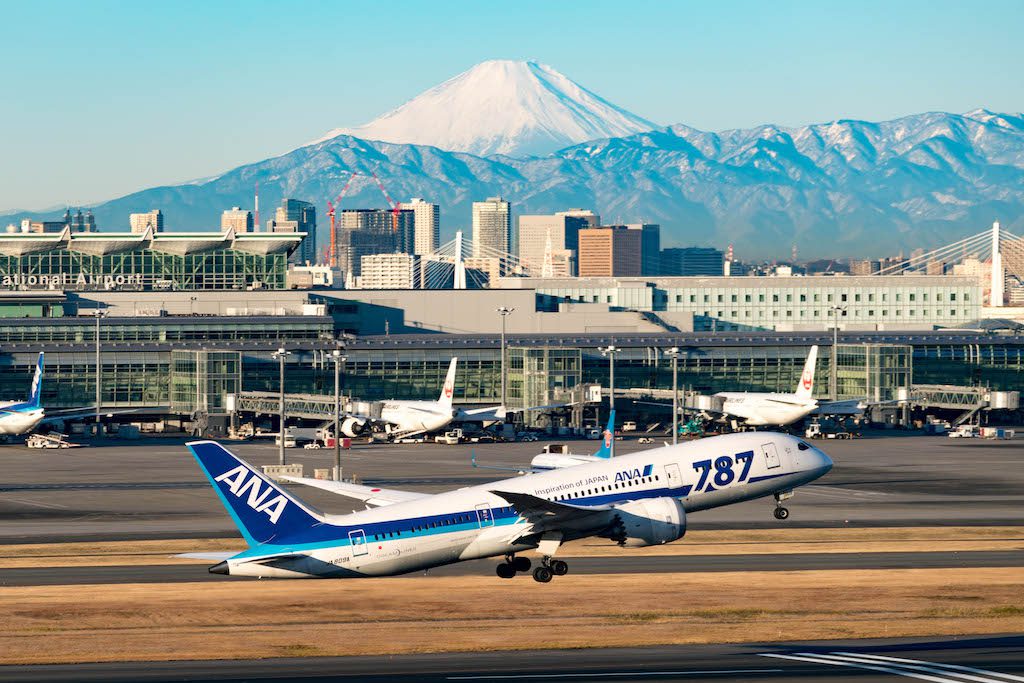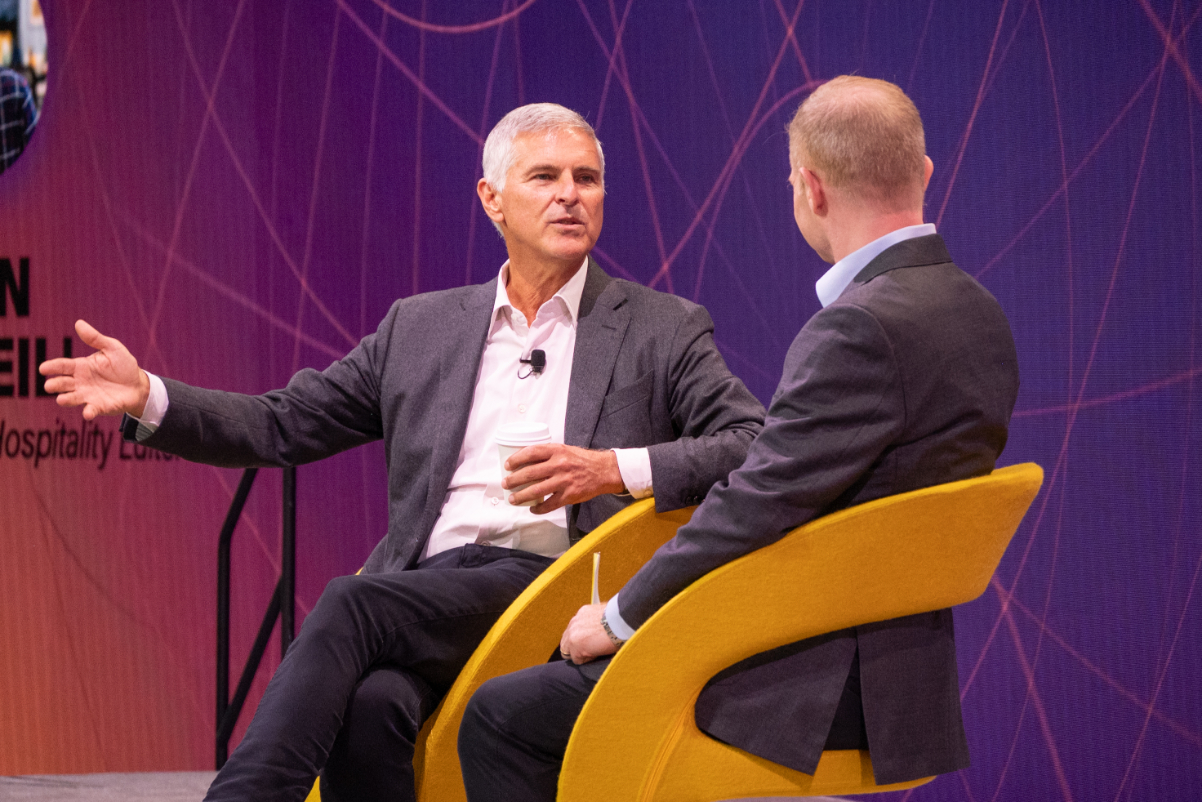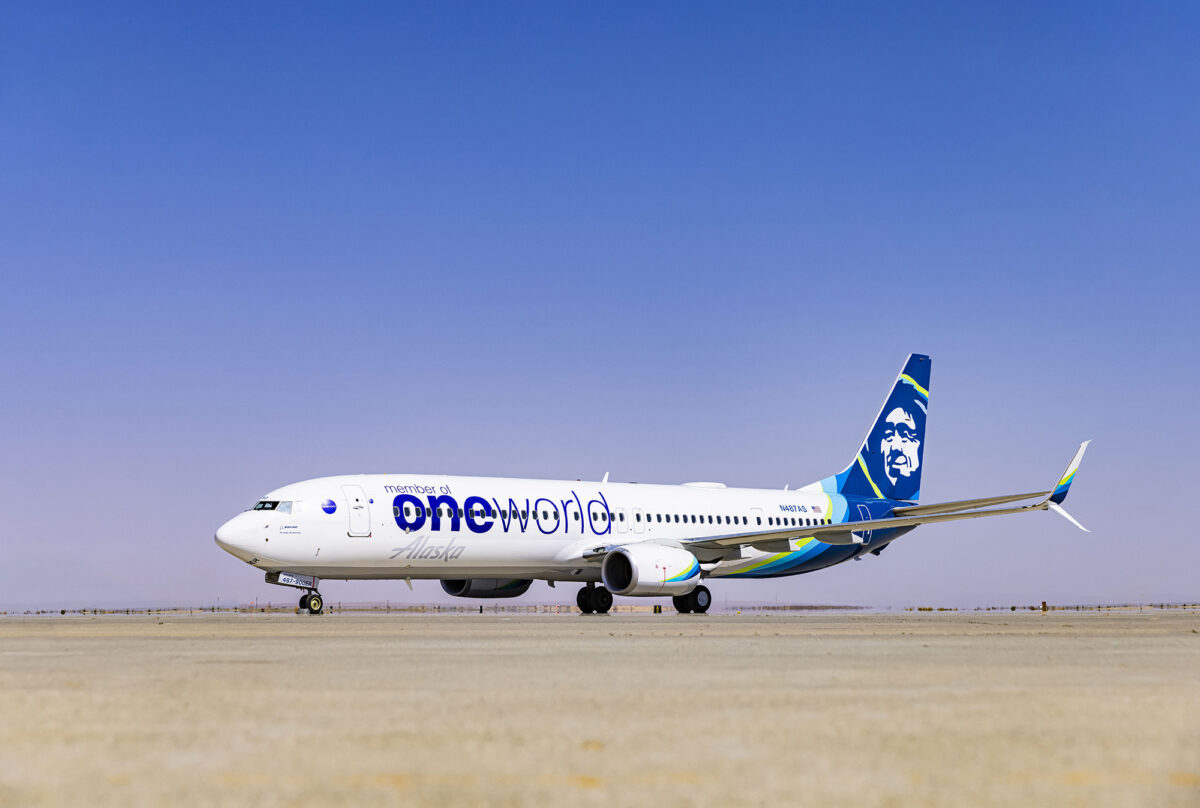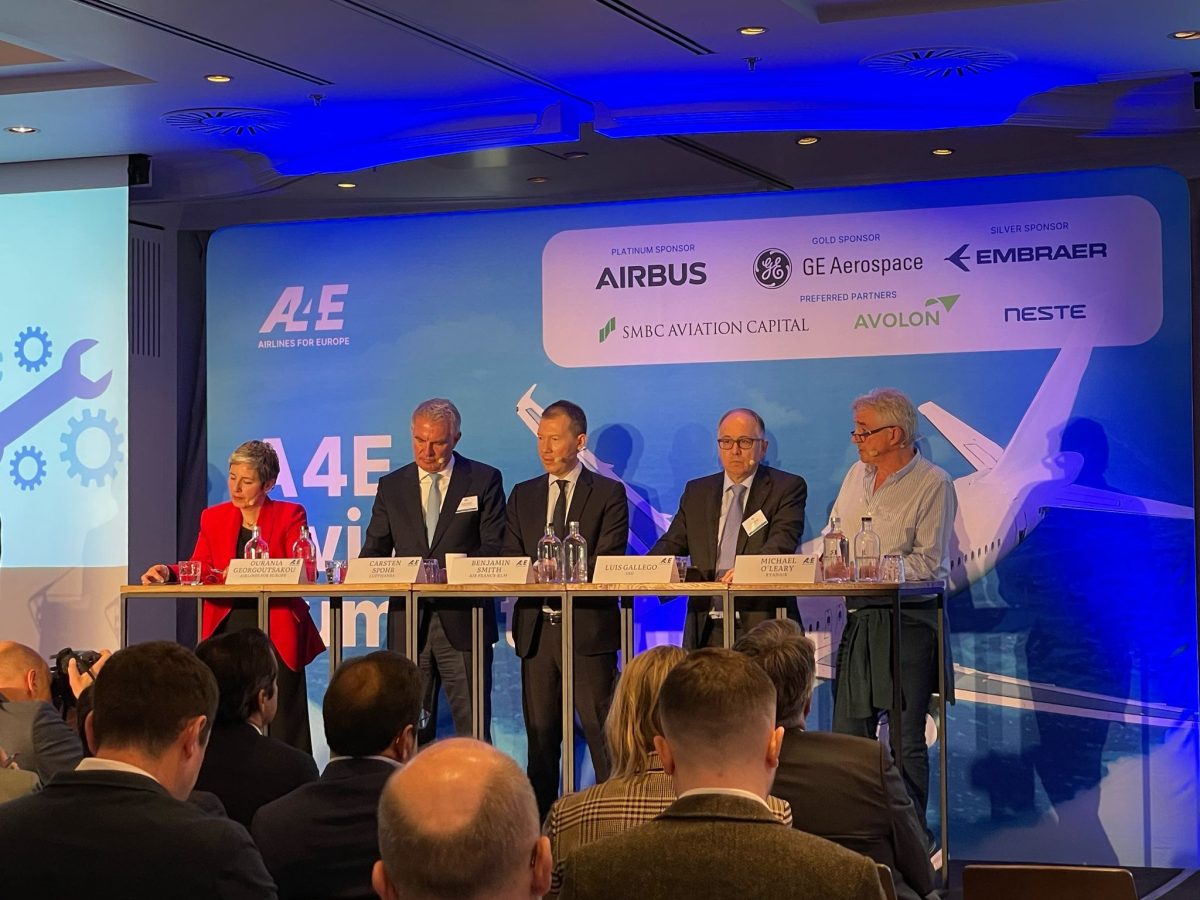U.S. Airlines Battle Over Access to Tokyo's Preferred Airport

Skift Take
After American Airlines canceled its daily flight from New York to Tokyo's Haneda Airport in 2013, its then-CEO called it a loss-maker, telling a reporter the airline couldn't "tolerate" it any longer. Delta Air Lines shared similar sentiments after moving a flight from Detroit.
Since the Japanese government reopened to U.S. airlines in 2010, Haneda has had the trappings of a profit maker. It's located in a vibrant market, with massive premium demand, and it's closer to downtown than the region's other global hub, Tokyo Narita, where most intercontinental flights have landed for 40 years. And its biggest tenants, Japan Airlines and ANA, have close ties to U.S airlines, so many customers can connect at Haneda to other Asian destinations.
But during the past eight years, the Japanese government refused to make it easy for U.S. carriers. At first, the problem was timing. When the Japanese government opened Haneda to a handful of U.S. airline flights in 2010, it only permitted them to land and take off overnight, between 10 p.m. and 7 a.m.
That changed in 2016, when the Japanese began allowing daytime access for some flights. Business has improved for U.S. airlines. But Japan still permits few flights, with four U.S. carriers authorized to fly total of six routes.
Now, Haneda is poised to accept more flights, giving U.S. airlines 12 more opportunities to fly to Haneda. Since they'll essentially win the chance to participate in a protected monopoly, the four airlines already at Haneda are competing fiercely against each other for the extra slots, trading barbs in public filings.
On Thursday, the carriers made their first requests to the U.S. Department of Transportation, which will make the final decision about who flies where and how often.
Here are some of the main issues:
What Do Airlines Want?
Delta, which now flies from Los Angeles and Minneapolis, is asking for six fights — one each from Seattle, Detroit, Atlanta, and Portland, Oregon, and two from Honolulu. Its top priority is Seattle.
American, now flying from Los Angeles, wants four flights — two from Dallas/Fort Worth, one more from Los Angeles, and one from Las Vegas. Its top priority is at least one flight from Dallas/Fort Worth. Its second priority is a second Los Angeles flight.
United, which now flies from San Francisco, seeks to add Newark, Chicago, Washington Dulles, Los Angeles, Houston, and Guam. It is most interested in Newark, Chicago, and Dulles, it told the government.
Hawaiian currently flies from Kona and Honolulu. It wants three more daily flights from Honolulu.
Does One Airline Have an Edge?
The Department of Transportation prefers to award flights that produce the most consumer benefit.
This suggests the government will favor routes that do not have nonstop service to Haneda on any U.S. or Japanese airline, such Dallas/Fort Worth, Detroit, Washington Dulles, and Newark.
Las Vegas might be intriguing, but it's not clear how much American wants it, since it is listed last on its application and does not conform to the airline's usual long-haul strategy.
American briefly flew from Las Vegas to Tokyo in January during the massive Consumer Electronics show, but that's different than year-round service.
American usually flies long-haul routes from its hubs, though its partnership with Japan Airlines — the two carriers share revenue — would help it from Las Vegas. And Las Vegas is a major draw among Asian tourists.
Are There Other Factors?
Yes. And Delta is reminding regulators of them.
Its three competitors have or are expected to have antitrust immunity with a Japanese carrier, giving them an edge on U.S.-Japan flights.
American has an agreement with Japan Airlines, while Hawaiian Airlines soon expects to have a similar arrangement. Meanwhile, United has a joint venture with ANA.
Airlines with antitrust immunity can set prices and schedules together without running afoul of regulators. In effect, Delta argues, that means American and United already have massive Tokyo operations, because they can tap into their partner networks, including their flights from Haneda to the United States.
According to Delta, the joint ventures of American and United combined control about 85 percent of the market between the Continental United States and Tokyo.
"Of the current U.S.-Haneda competitors, only Delta can enhance the overall competitive environment, including effects on the market structure and on competition in the U.S.- Japan market, by providing meaningful competition with the already approved joint ventures," it said in a government filing. "Each of Delta’s proposed routes would advance the Department’s goal of selecting the service proposals that will 'best meet the needs of the traveling and shipping public.'"
Delta has another compelling argument, too. When United and American sell tickets to Tokyo, they're often selling connecting itineraries, with passengers traveling onto other Asian cities on Japan Airlines or ANA. Connecting passengers don't care whether they connect at Narita or Haneda, because they're not going downtown.
Delta doesn't have a local partner, so more of its customers are going to Tokyo for business or vacation. As a result, Delta argues, it needs Haneda slots more than its competitors.
Are We Sure These Slots are Worth Something?
If this process sounds familiar, it's because the Department of Transportation put airlines through a similar exercise in 2016 when the U.S. and Cuba opened new air routes.
Airlines competed vigorously, hoping they would win a protected monopoly to Havana. But conditions changed, and many airlines lost money on the routes. Several have returned routes back to the government, which awarded them to other carriers.
That's not likely to happen with Haneda in this round. Haneda is a massive facility that soon should be Asia's largest, according to CAPA Centre for Aviation. Airlines are begging for access for real economic reasons.
Delta's filing compares Haneda to London Heathrow — the airport just about every major global airline wants to serve. Before rules changed a decade ago, some U.S. airlines were forced to fly to London Gatwick instead, but as soon as the U.K. government liberalized its policies, airlines wanted in. Now, no U.S. airline serves Gatwick.
"A similar pattern is playing out in Tokyo," Delta said. "Increased international Haneda flights will only exacerbate the pattern and accelerate the timeline of demand shifting to Haneda."
Why Is Hawaii So Important?
It may seem odd Hawaiian wants to add so many flights, but Japanese tourists have a near limitless appetite for an island vacation.
According to Hawaiian's application, Honolulu-Tokyo is the second largest long-haul international market from the United States, behind only New York to London. On a typical day, more than 2,300 passengers travel in each direction, Hawaiian said. The market should get bigger soon, with ANA poised to begin Airbus A380 service to Narita.
With its current Hawaii-Haneda flights, Hawaiian has mostly focused on passengers from Tokyo, because its flight times do not facilitate connections. But with more flights at better times, Hawaiian said it expects it can pull connecting passengers from other Japanese cities.
"Currently, due to late arrival times, connecting opportunities are limited," Hawaiian said in its filing. "The grant of new authority to Hawaiian will enable it to reach some of these destinations for the first time."




